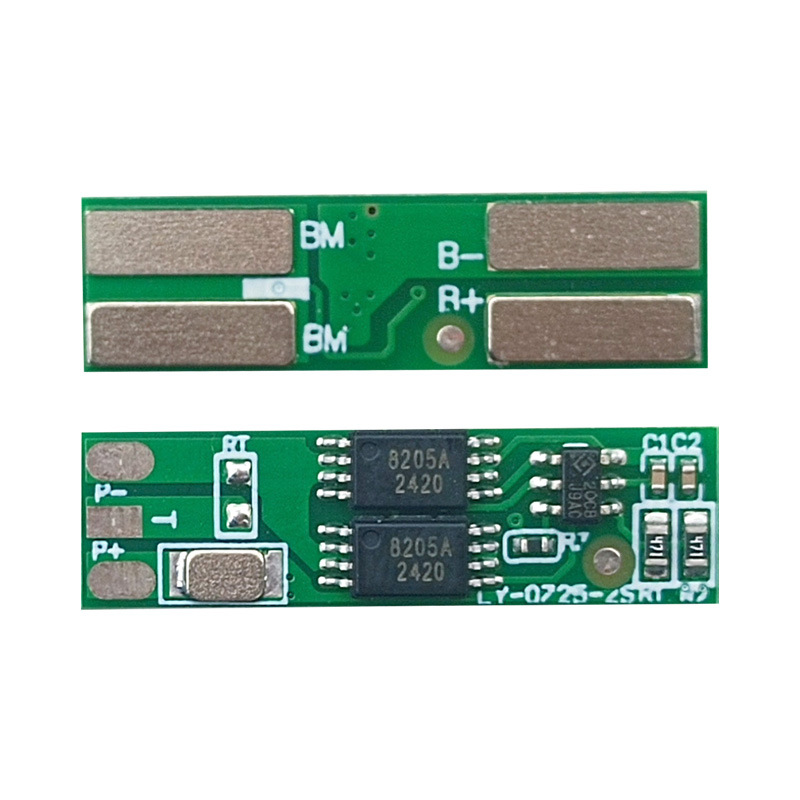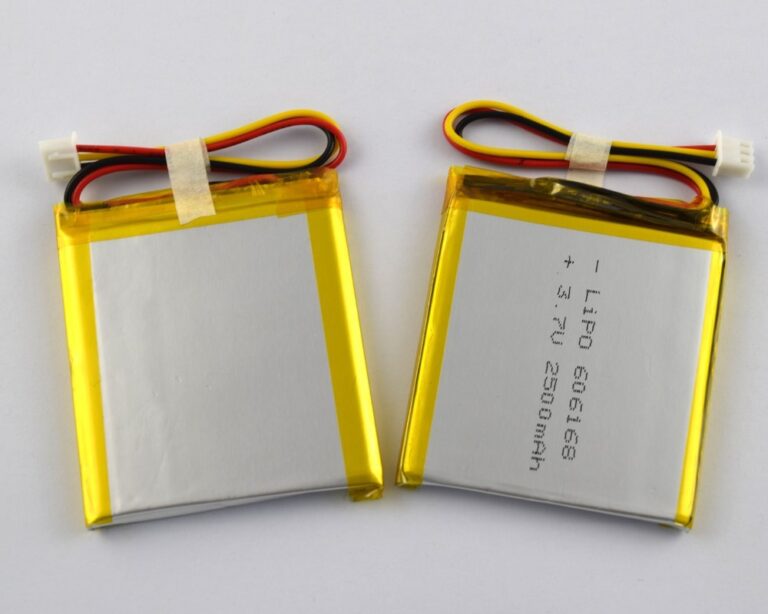(Keywords: Polymer PCB, Circuit Board Technology, Electronics Manufacturing)
In the dynamic realm of polymer-based electronics, Printed Circuit Boards (PCBs) serve as the unsung architects of connectivity and functionality. These versatile boards are critical for integrating complex electrical systems into lightweight, flexible devices, from wearable tech to advanced energy storage solutions.
What is a Polymer PCB?
A Polymer PCB is a nonmetallic circuit board crafted from composite materials like FR4, polyimide, or epoxy resins. Unlike traditional rigid PCBs, polymer-based boards offer flexibility, corrosion resistance, and thermal stability—ideal for modern applications requiring miniaturization and durability.
A Polymer PCB is a nonmetallic circuit board crafted from composite materials like FR4, polyimide, or epoxy resins. Unlike traditional rigid PCBs, polymer-based boards offer flexibility, corrosion resistance, and thermal stability—ideal for modern applications requiring miniaturization and durability.
Key Functions in Polymer Electronics
- Interconnectivity Hub: This hub routes electrical signals between components, ensuring seamless communication in devices like polymer batteries or foldable displays.
- Thermal Management: Dissipates heat generated by high-power components, preventing overheating in compact systems.
- Structural Support: Provides a stable base for mounting sensors, chips, and connectors in wearable polymers or flexible solar panels.
Applications Across Industries
- Consumer Electronics: Enables slim designs in smartphones and tablets through flexible polymer PCBs.
- Renewable Energy: Integrates with polymer-based solar cells for efficient energy harvesting.
- Healthcare: Powers flexible medical sensors and implants with biocompatible PCB materials.
Advantages of Polymer PCBs
- Flexibility: Allows curved or conformable designs for ergonomic devices.
- Cost-Effectiveness: Reduces manufacturing costs compared to rigid alternatives.
- Reliability: Resists moisture and chemicals, extending product lifespan.
Innovations Driving Future Growth
Emerging trends like 3D PCBs and nanomaterial-enhanced polymers are pushing boundaries. These advancements enable higher component density and better heat dissipation, crucial for next-gen electric vehicles (EVs) and AI-driven electronics.
Emerging trends like 3D PCBs and nanomaterial-enhanced polymers are pushing boundaries. These advancements enable higher component density and better heat dissipation, crucial for next-gen electric vehicles (EVs) and AI-driven electronics.
Conclusion
Polymer PCBs are the backbone of innovation in flexible electronics. By balancing performance, durability, and design freedom, they empower industries to create smarter, safer devices. As technology evolves, investing in advanced PCB solutions will remain pivotal for staying competitive in a connected world.
Polymer PCBs are the backbone of innovation in flexible electronics. By balancing performance, durability, and design freedom, they empower industries to create smarter, safer devices. As technology evolves, investing in advanced PCB solutions will remain pivotal for staying competitive in a connected world.





